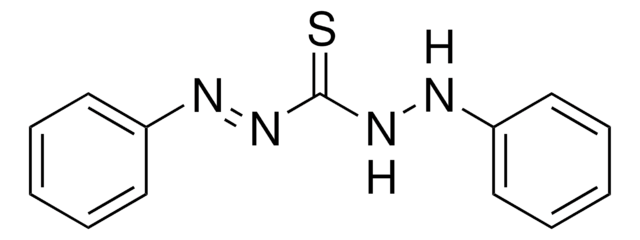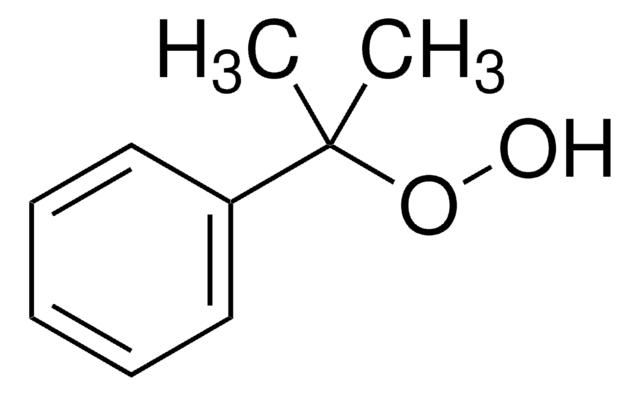320579
Xylenes
ACS reagent, ≥98.5% xylenes + ethylbenzene basis
Synonym(s):
Xylene mixture of isomers
About This Item
Recommended Products
grade
ACS reagent
vapor density
3.7 (vs air)
vapor pressure
18 mmHg ( 37.7 °C)
Assay
≥98.5% xylenes + ethylbenzene basis
form
liquid
autoignition temp.
867 °F
composition
C6H5CH2CH3, ≤25%
expl. lim.
7 %
impurities
H2SO4, passes test (substances darkened by sulfuric acid)
≤0.003% S compounds
≤0.05% water
evapn. residue
≤0.002%
color
APHA: ≤10
refractive index
n20/D 1.497 (lit.)
bp
137-140 °C (lit.)
mp
-34 °C (lit.)
density
0.86 g/mL at 25 °C (lit.)
SMILES string
Cc1ccc(C)cc1.Cc2cccc(C)c2.Cc3ccccc3C
InChI
1S/3C8H10/c1-7-3-5-8(2)6-4-7;1-7-4-3-5-8(2)6-7;1-7-5-3-4-6-8(7)2/h3*3-6H,1-2H3
InChI key
MVZVDAGWAAZJPE-UHFFFAOYSA-N
Looking for similar products? Visit Product Comparison Guide
Other Notes
All -D packages are 100% the same product, same quality, same specification as the package sizes previously sold without a -D.
Signal Word
Danger
Hazard Statements
Precautionary Statements
Hazard Classifications
Acute Tox. 4 Dermal - Acute Tox. 4 Inhalation - Aquatic Chronic 3 - Asp. Tox. 1 - Eye Irrit. 2 - Flam. Liq. 3 - Skin Irrit. 2 - STOT RE 2 - STOT RE 2 Inhalation - STOT SE 3
Target Organs
Central nervous system,Liver,Kidney, hearing organs, Respiratory system
Storage Class Code
3 - Flammable liquids
WGK
WGK 2
Flash Point(F)
77.0 °F - closed cup
Flash Point(C)
25 °C - closed cup
Regulatory Listings
Regulatory Listings are mainly provided for chemical products. Only limited information can be provided here for non-chemical products. No entry means none of the components are listed. It is the user’s obligation to ensure the safe and legal use of the product.
PDSCL
Deleterious substance
PRTR
Class I Designated Chemical Substances
FSL
Group 4: Flammable liquids
Type 2 petroleums
Hazardous rank III
Water insoluble liquid
ISHL Indicated Name
Substances Subject to be Indicated Names
ISHL Notified Names
Substances Subject to be Notified Names
JAN Code
320579-4L:4548173134949
320579-1L-D:
320579-4X4L:4548173134956
320579-VAR:
320579-1L:4548173134932
320579-BULK:
Choose from one of the most recent versions:
Already Own This Product?
Find documentation for the products that you have recently purchased in the Document Library.
Chromatograms
application for HPLCOur team of scientists has experience in all areas of research including Life Science, Material Science, Chemical Synthesis, Chromatography, Analytical and many others.
Contact Technical Service










